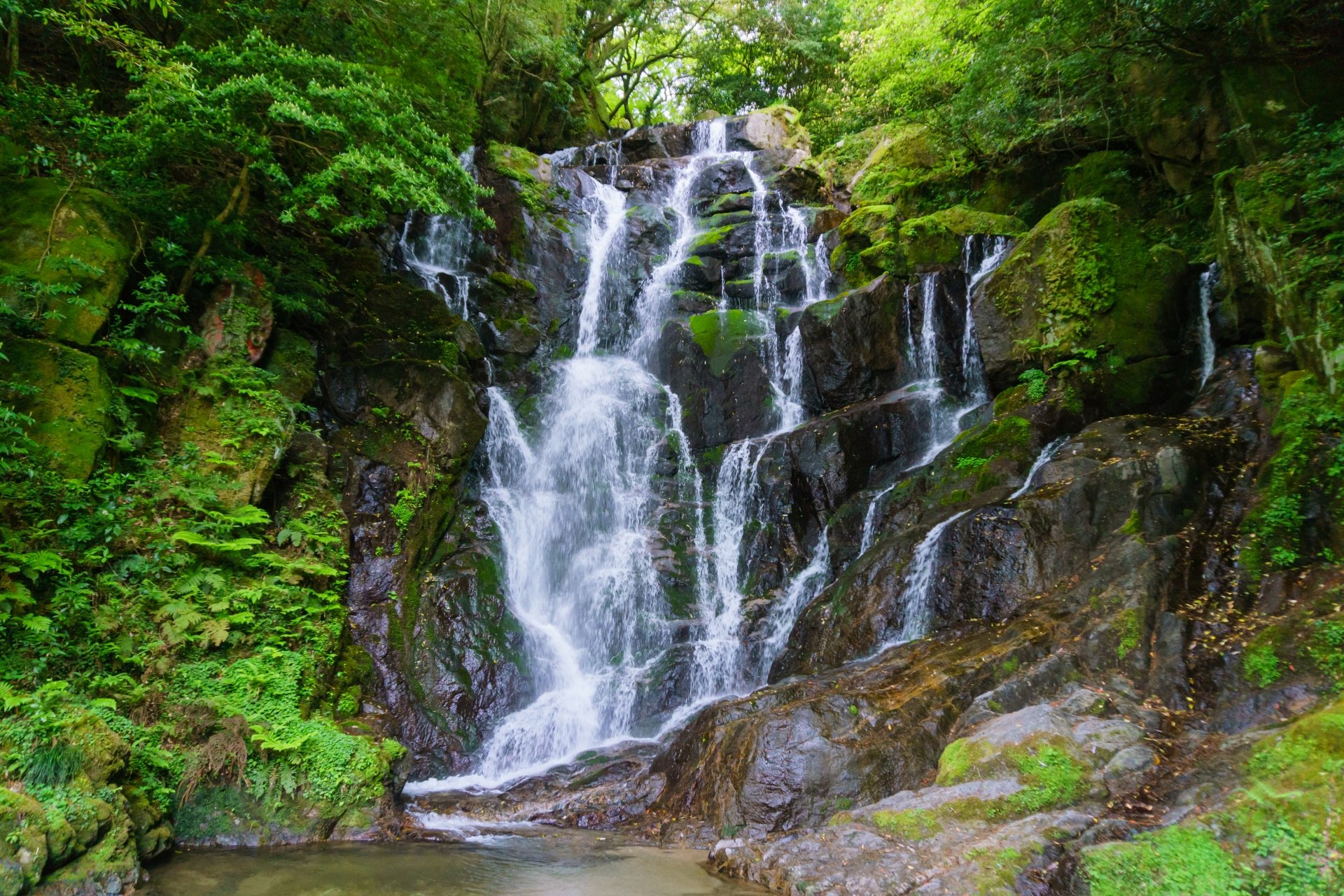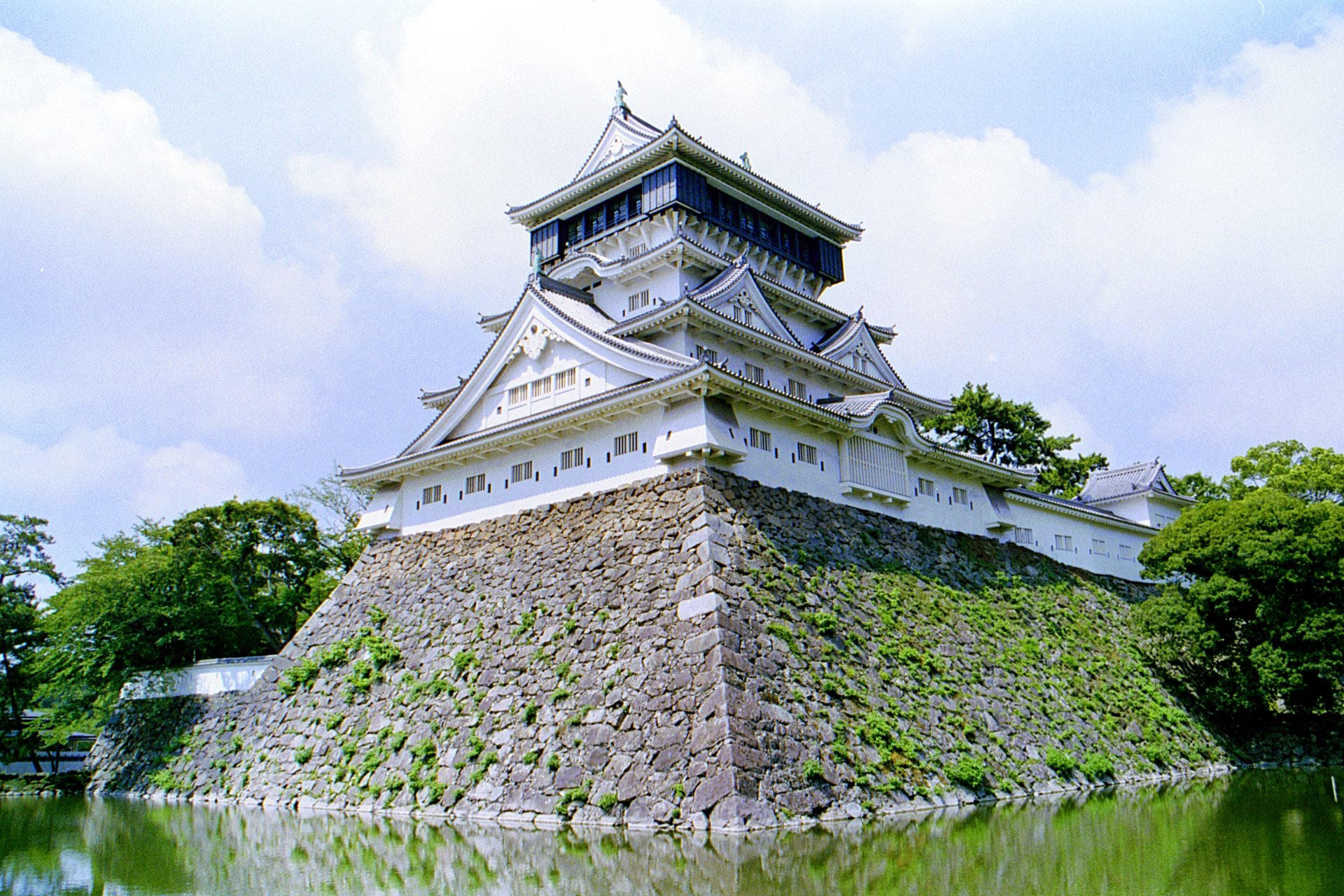Explore Fukuoka: Gateway to Kyushu's Culinary and Cultural Riches
Fukuoka Prefecture, in Japan's Kyushu region, is known as the "Gateway to Kyushu." This area beautifully blends nature, history, and modern city life, providing a variety of attractions. It's particularly famous for its vibrant food culture, including "Hakata Ramen" and "Mentaiko" (cod roe). Furthermore, its cities offer convenient transportation access, drawing tourists all year round.
Where is Fukuoka?
Central Fukuoka Area
About 3 hours from Kyoto Station by a bullet train.
Hakata
Hakata is a district of Fukuoka City known for its gastronomy, especially Hakata Ramen, and the Hakata Station area offers a wide variety of shopping and dining facilities. Attractions include traditional festivals such as Hakata Gion Yamakasa and Hakata Dontaku, old temples and shrines, and modern commercial facilities such as Canal City Hakata. Convenient access to transportation and the culture and vibrancy of Fukuoka can be experienced in this area.
Kushida Shrine
Kushida Shrine is well known as the guardian deity of Hakata. It is known for the Hakata Gion Yamakasa festival held every July, which is the centerpiece of the city's festivities and attracts many visitors. The shrine's precincts have a calm atmosphere with a sense of history, allowing visitors to calm their minds away from the hustle and bustle of daily life. As a shrine deeply rooted in the lives of the local people, it offers peace of mind to visitors.
Nanzoin
Nanzoin is known for its beautiful garden and traditional architectural style, and is popular with those seeking peace of mind in a quiet and tranquil atmosphere. Nanzoin's large statue of the Great Buddha gives visitors an overwhelming sense of presence, and the temple exudes an atmosphere of serenity and solemnity. Nanzoin is also recognized as an important cultural asset in the region for its historical and cultural value. Visitors to this temple can experience the beauty of traditional Japanese religious architecture and the spirit of Zen.
Fukuoka PayPay Dome
Fukuoka Pay-Pay Dome is the home of the professional baseball team "Fukuoka Softbank Hawks". It has a movable roof, allowing visitors to enjoy watching baseball games regardless of weather conditions. It is also used for concerts, events, and other non-sporting purposes. With a shopping mall and restaurants attached, it is a popular facility to enjoy before and after games and events.
Uminonakamichi Seaside Park
Uminonakamichi is a seaside park approximately 12 km long. Located within easy access from central Fukuoka City, it is known for its beautiful sandy beaches and rich natural scenery. With walking paths, campgrounds, and marine sports facilities, visitors can enjoy a variety of recreational activities throughout the year. It is a popular spot for families and tourists alike, especially for flower viewing in spring, swimming in the sea in summer, and nature observation.
Itoshima Area
About 40 minutes from Hakata Station by trains
Sakurai Futamigaura
Sakurai Futamiura is especially famous for its torii gate facing the sea and the nearby rocks, which leave a strong impression on visitors. The torii gate creates a sacred atmosphere, and its natural setting symbolizes the harmony of traditional Japanese beliefs and natural beauty. The area is known for its beautiful scenery, especially at sunset. The area is loved by many tourists and photography enthusiasts as a place where one can experience the Japanese culture of coexistence with nature.
Shiraito Falls Itoshima
Shiraito Falls Itoshima is a natural waterfall, so named because of the beautiful way the thin stream of water cascades down like a white thread, which is called Shiraito in Japanese. The waterfall is in harmony with the surrounding lush greenery, providing visitors with a sense of healing and tranquility. A walking trail has been established so that visitors can enjoy a nature walk while visiting the waterfall. Especially during the hot summer months, it is a popular spot for many people to come to cool off.
Dazaihu Area
About 50 minutes from Hakata Station by trains
Dazaifu Tenmangu Shrine
Dazaifu Tenmangu Shrine is located in Dazaifu City, Fukuoka Prefecture, and is dedicated to Sugawara no Michizane, known as the god of learning. It is a place where many students and examinees visit every year to pray for success in entrance exams. The shrine grounds are famous for its beautiful ume (plum) grove, especially during the season when the ume trees are in bloom. Dazaifu Tenmangu Shrine also has many historical buildings and cultural assets, making it an important tourist spot where visitors can experience old Japanese traditions and culture.
Kamado Shrine
The Kamado Shrine is worshipped as a god of household safety and protection from evil, especially in the kitchen." The word "kamado" ("hearth") means a place for cooking, and this shrine is especially dear to those involved with cooking and food, as it enshrines a deity who protects the safety and abundance associated with food. The shrine's beautiful grounds and the natural scenery, which changes with the seasons, provide a peaceful retreat for local residents and tourists alike.
Kitakyushu Area
About 1 hour 30 minutes from Hakata Station by trains.
Mojiko Retro District
Mojiko Retro District is an area that preserves the atmosphere of a port town that flourished from the Meiji Period to the early Showa Period. In this district, architectural structures from the good old days have been preserved and restored, and visitors can enjoy the retro atmosphere. In particular, historical buildings such as the old Mojiko Station and the Kanmon Kaikyo Museum, as well as retro cafes and stores, are popular spots. In this area facing the sea, the panoramic view of the Kanmon Straits is another attraction. Mojiko Retro District, with its blend of history, culture, and beautiful scenery, offers visitors a nostalgic experience.
Kokura Castle
Kokura Castle was built in the Warring States Period. It has a distinctive white-walled keep (mock castle tower), and a historical museum is located inside the castle, where visitors can learn about Kokura's history and culture. Surrounded by a beautiful Japanese garden, it is a popular tourist destination where visitors can enjoy the scenery of the four seasons.
Kitakyushu Environment Museum
The Kitakyushu Environment Museum features exhibits and activities focused on environmental protection and the creation of a sustainable society. The museum introduces visitors to global environmental issues and the environmental conservation efforts undertaken by Kitakyushu City, providing visitors with opportunities to learn and raise environmental awareness. There are many hands-on exhibits that allow visitors to enjoy learning through a variety of themes such as effective use of energy, recycling technology, and nature conservation. It is known as a place that provides an opportunity for children and adults alike to think, learn, and act on the environment.
03/22/2024















